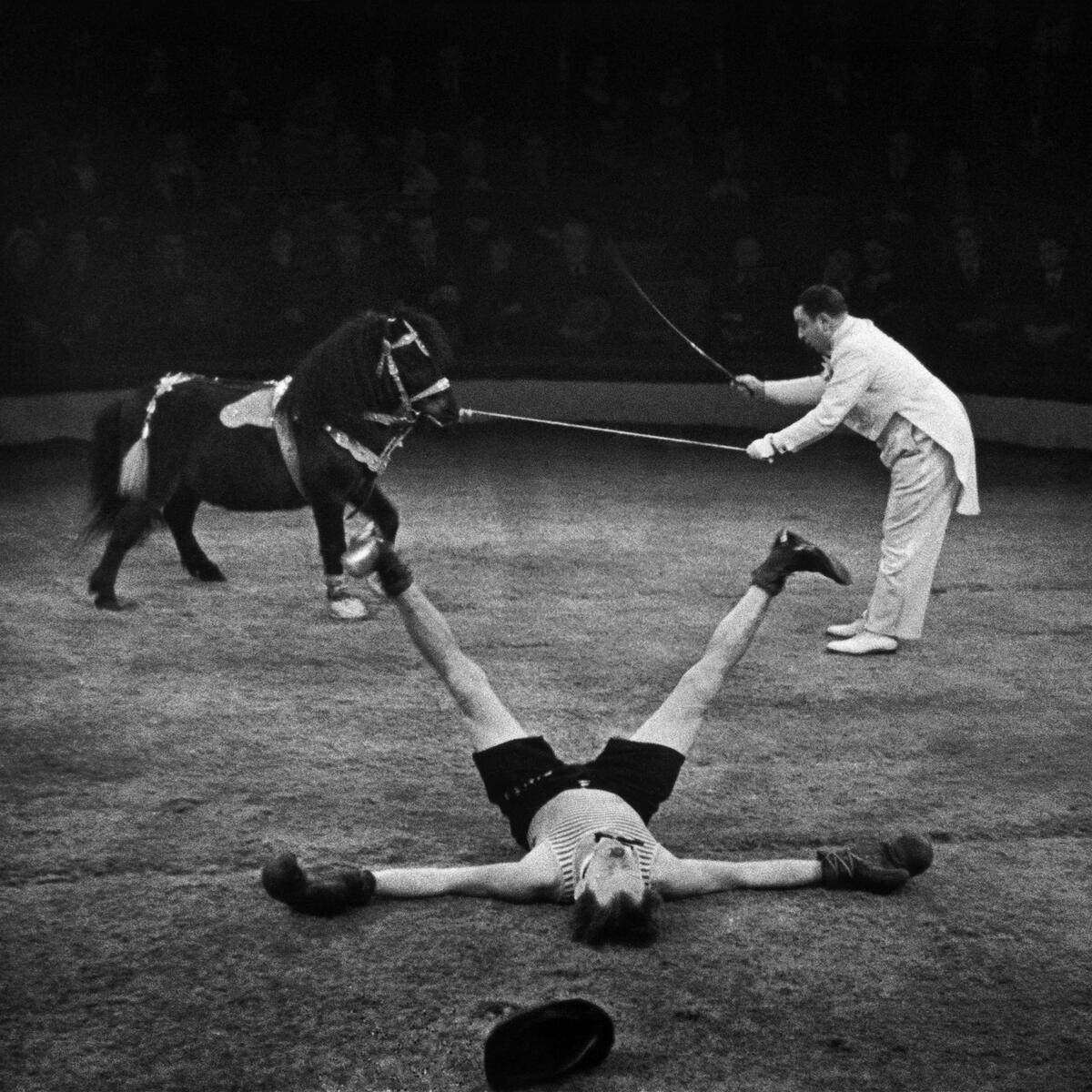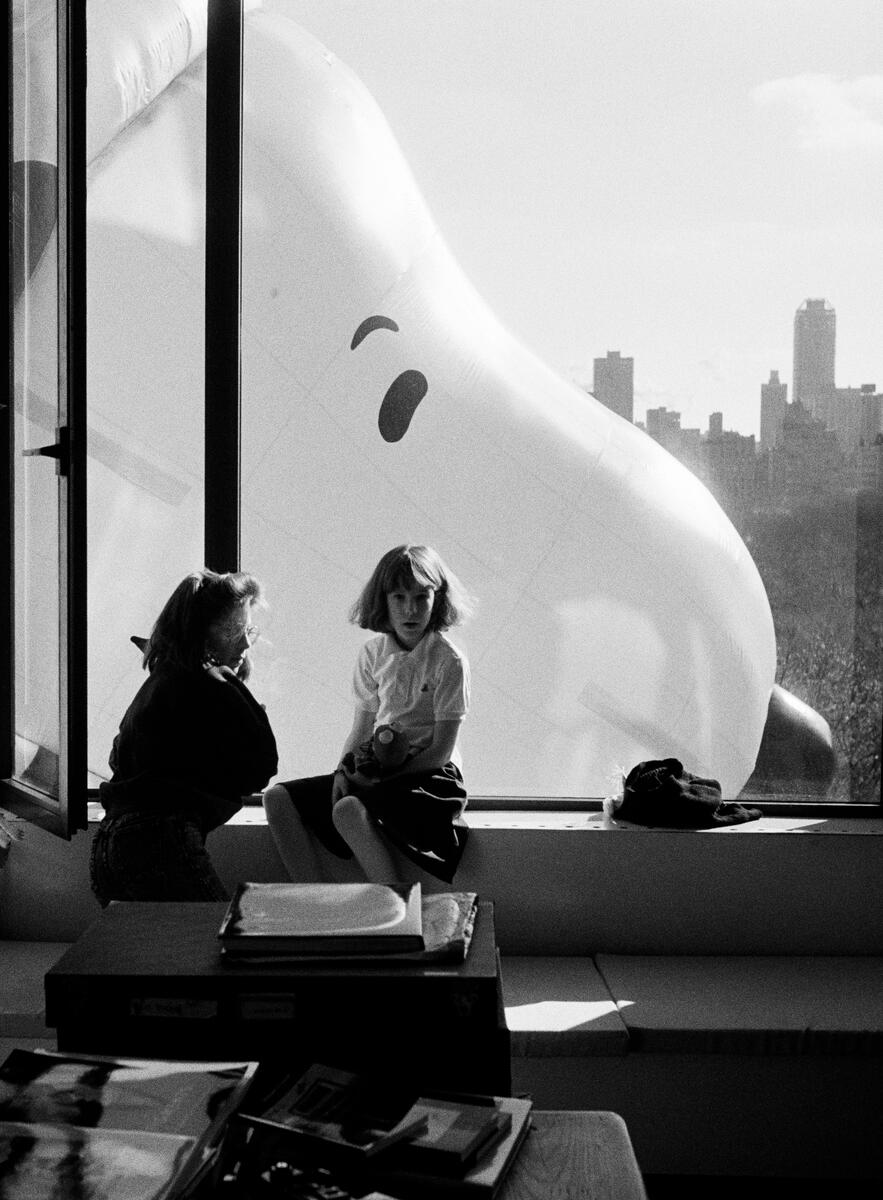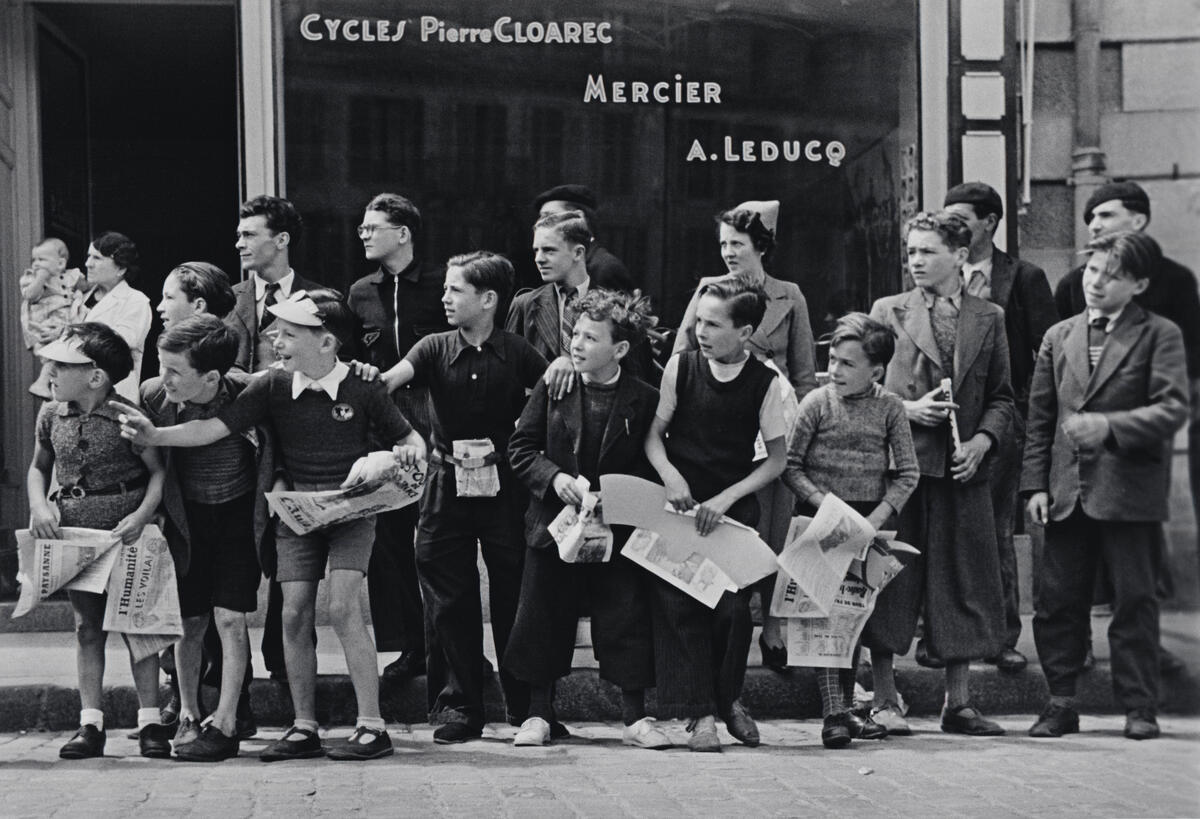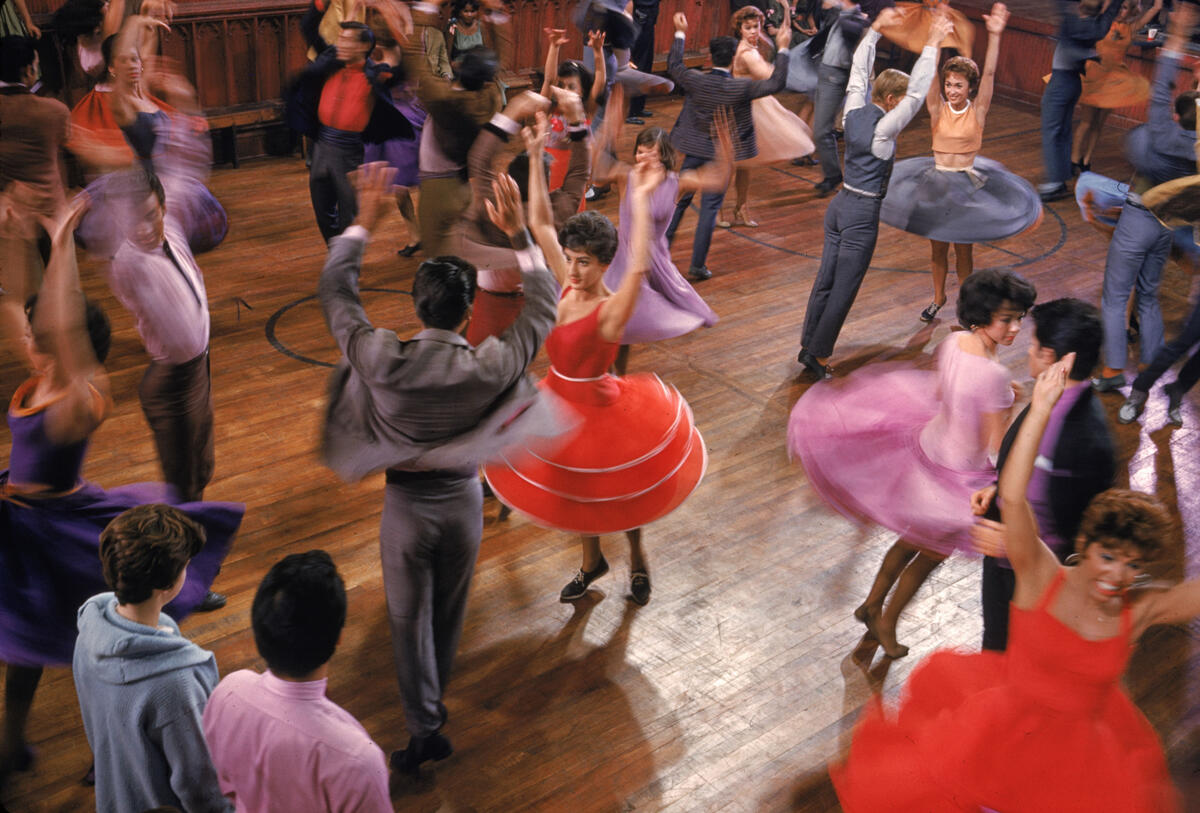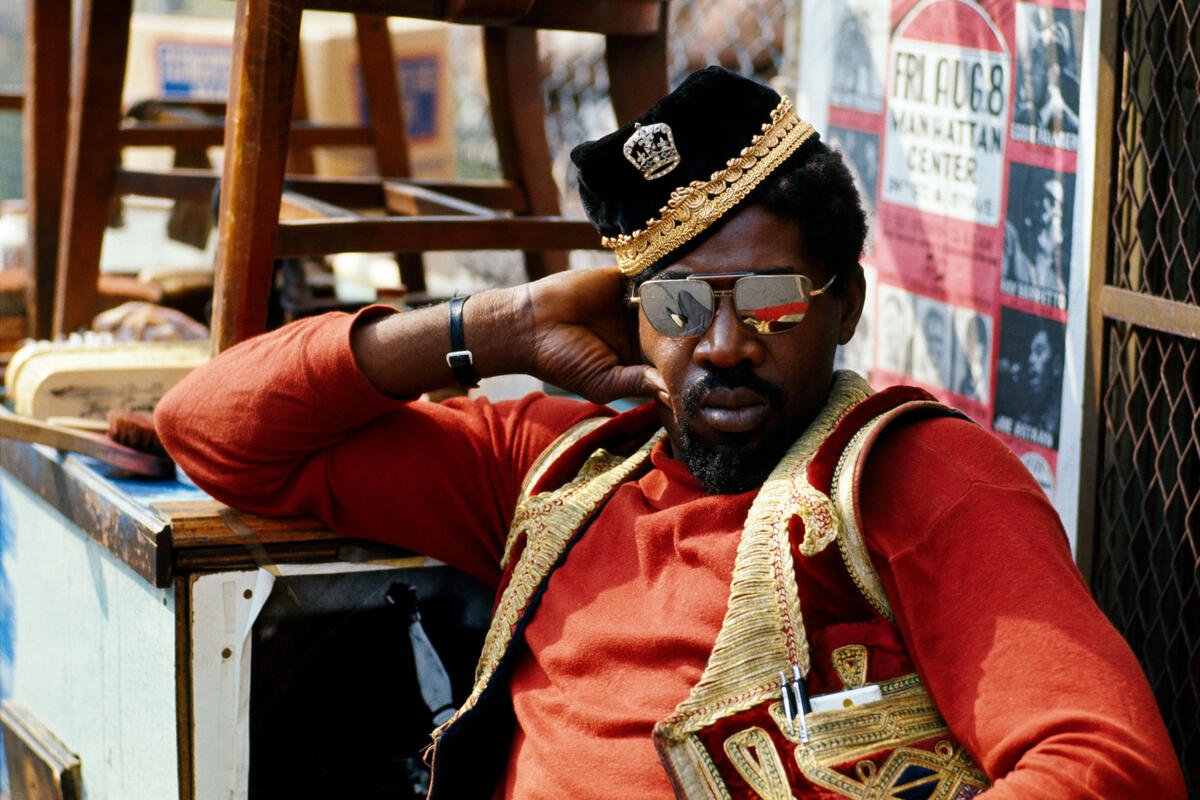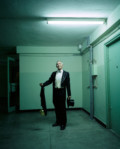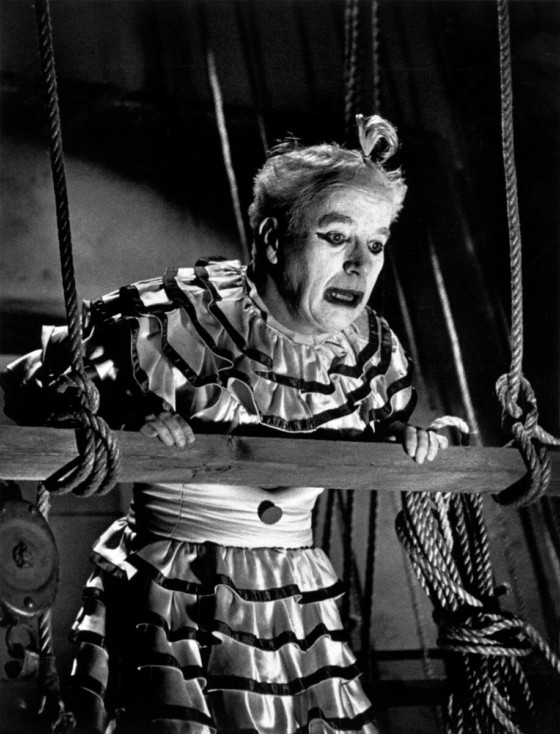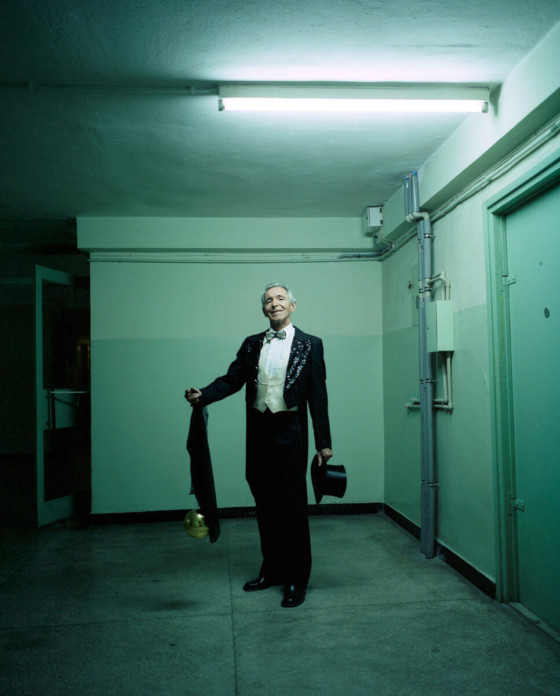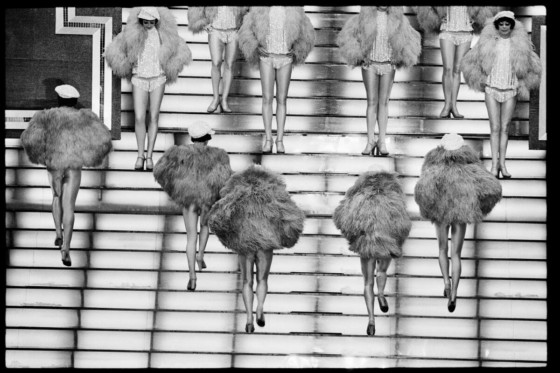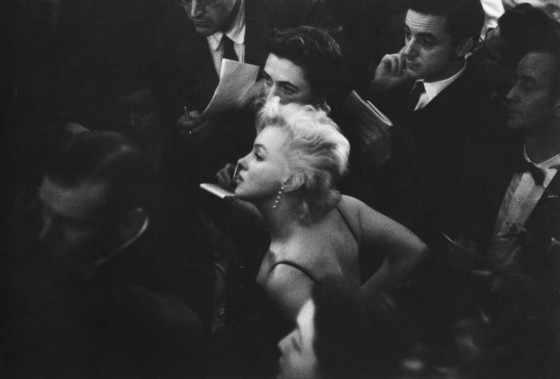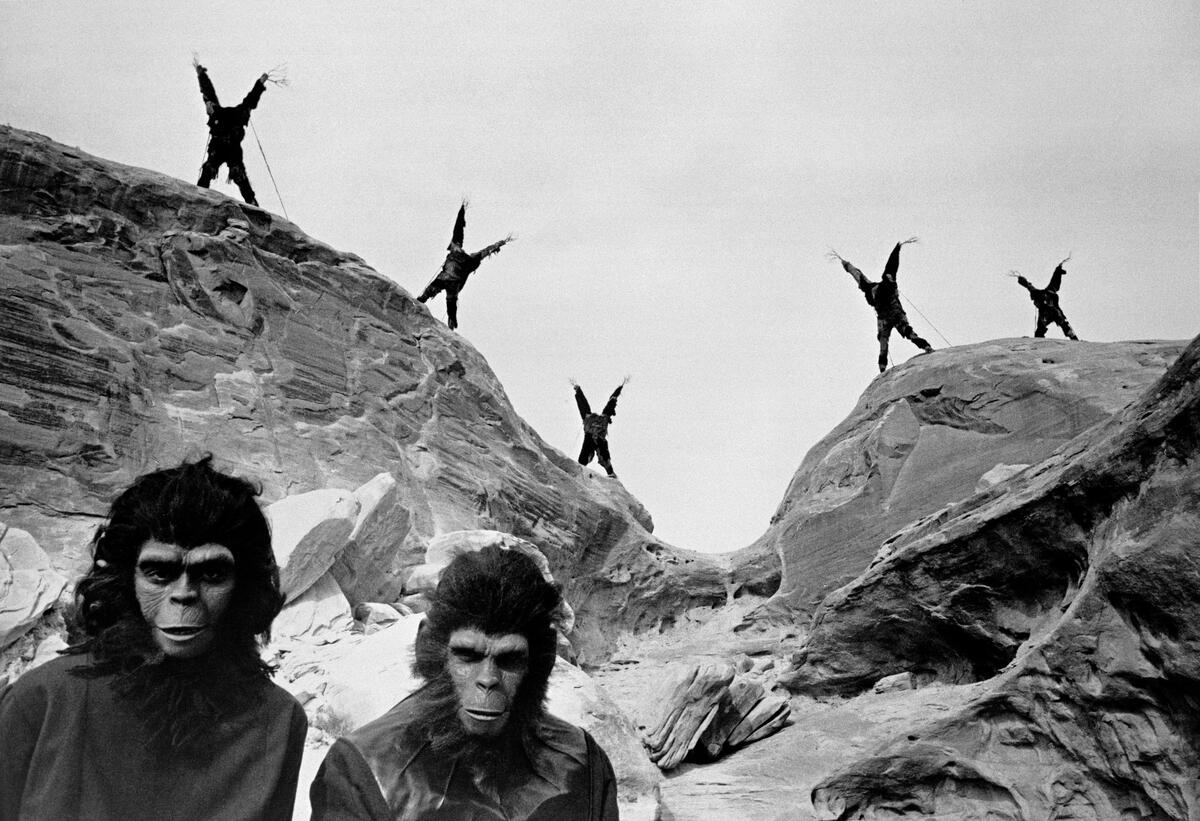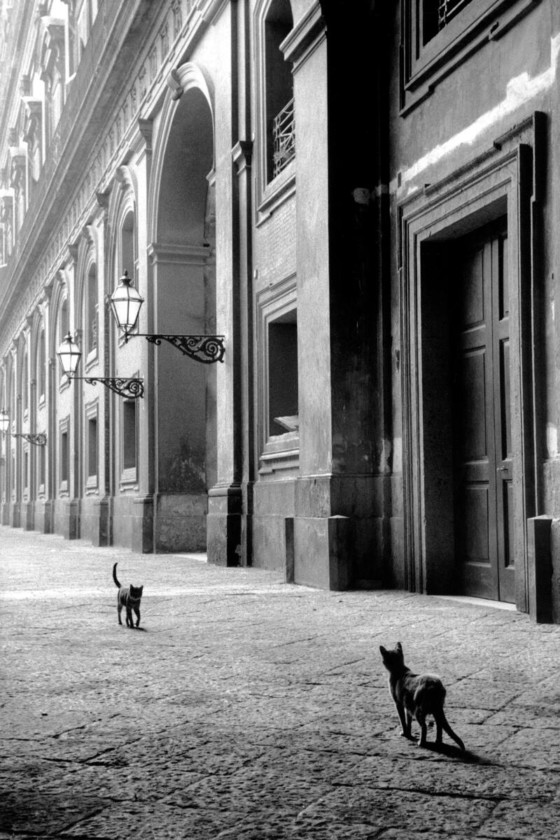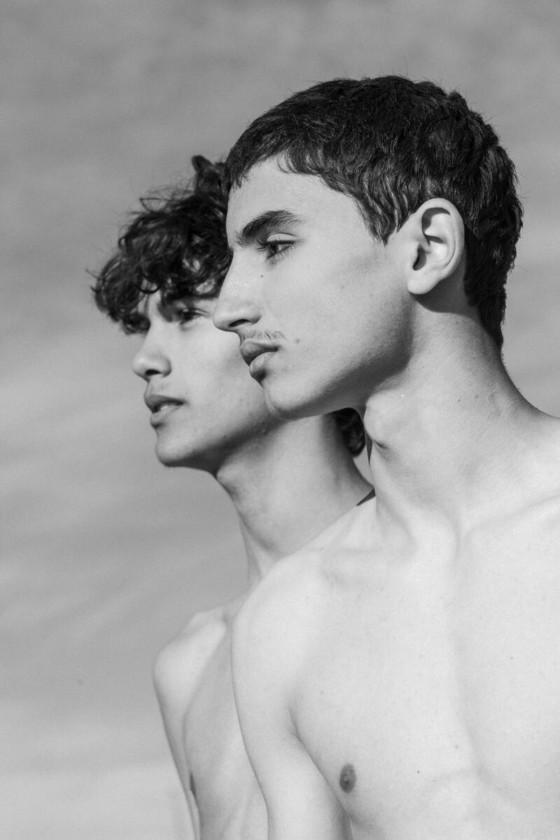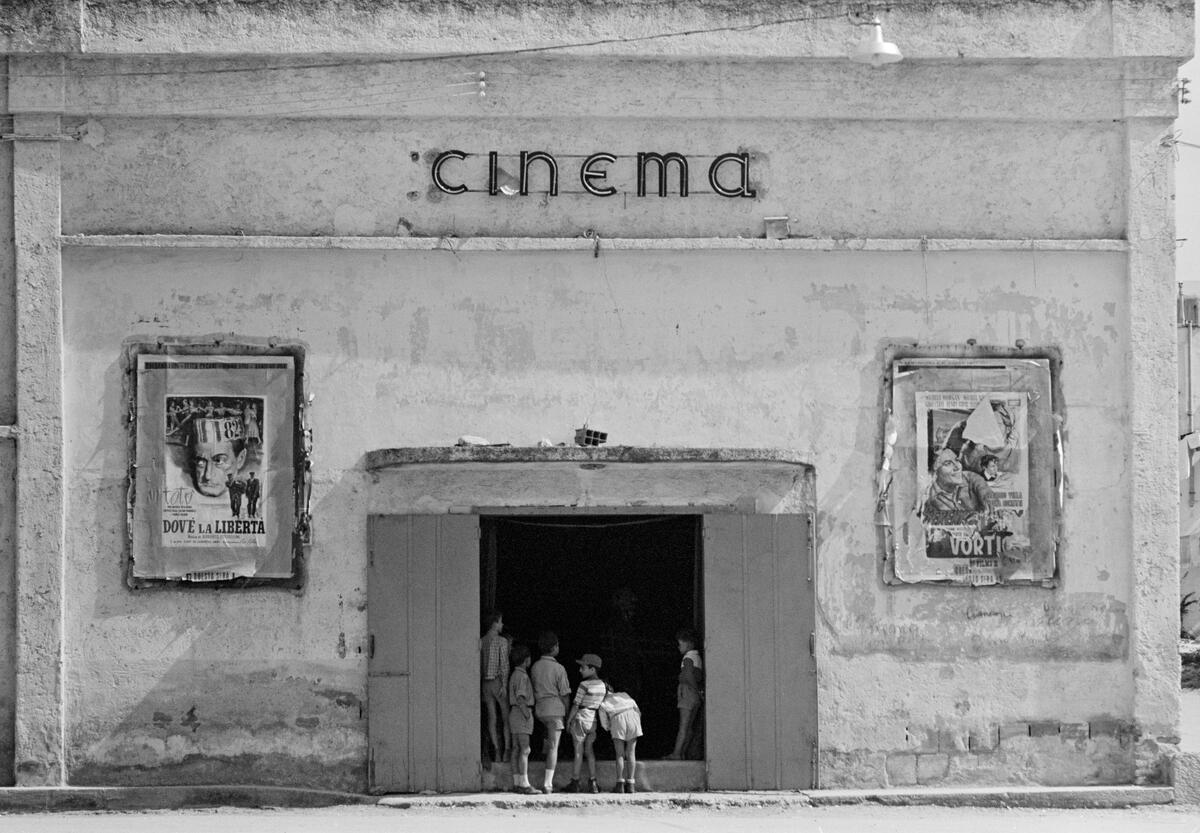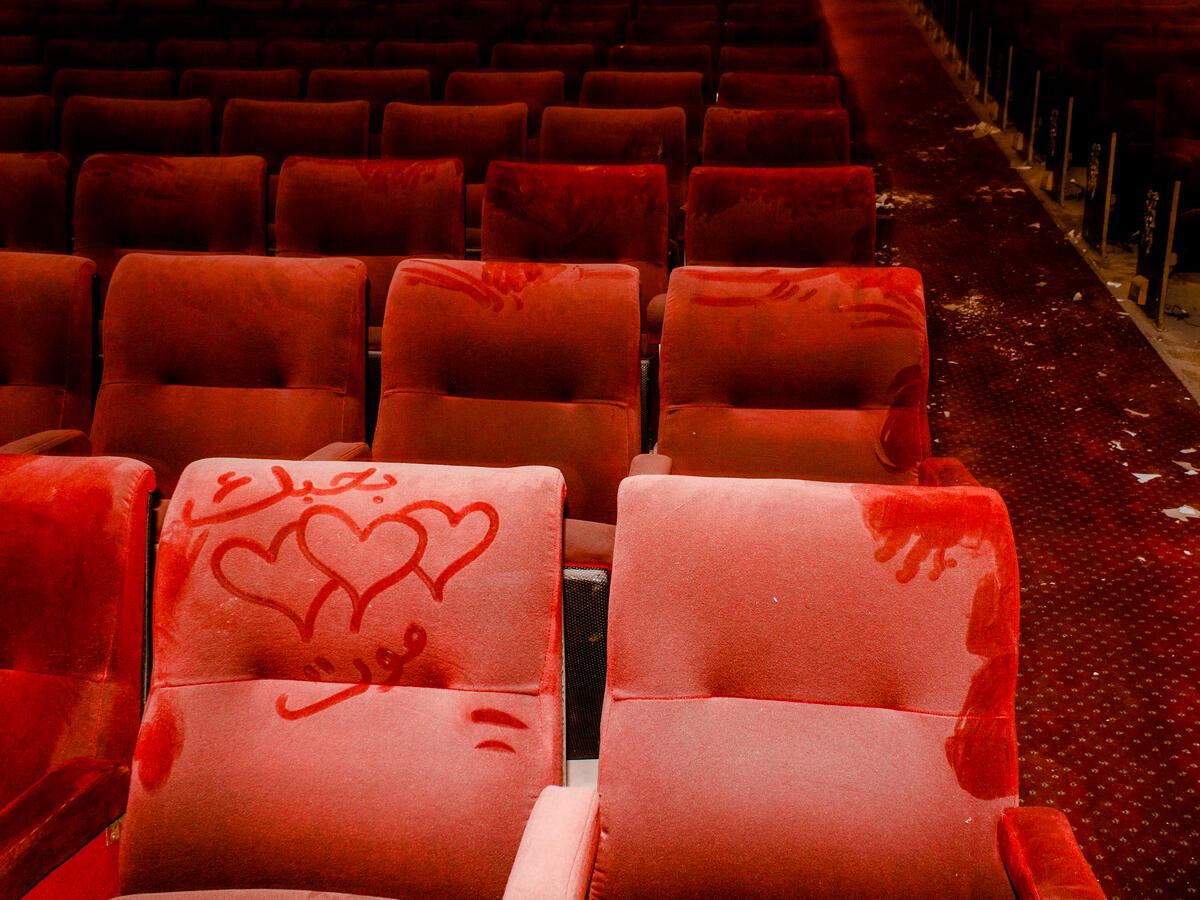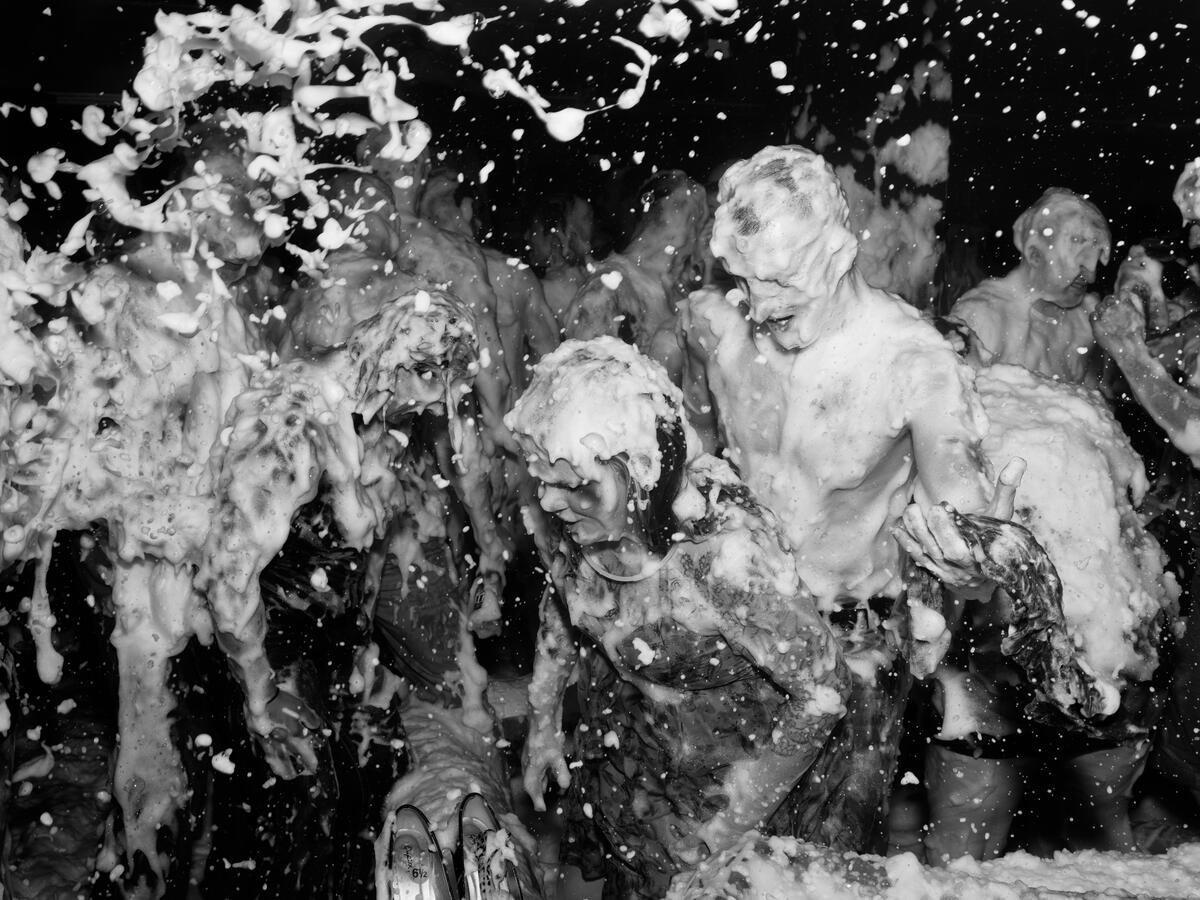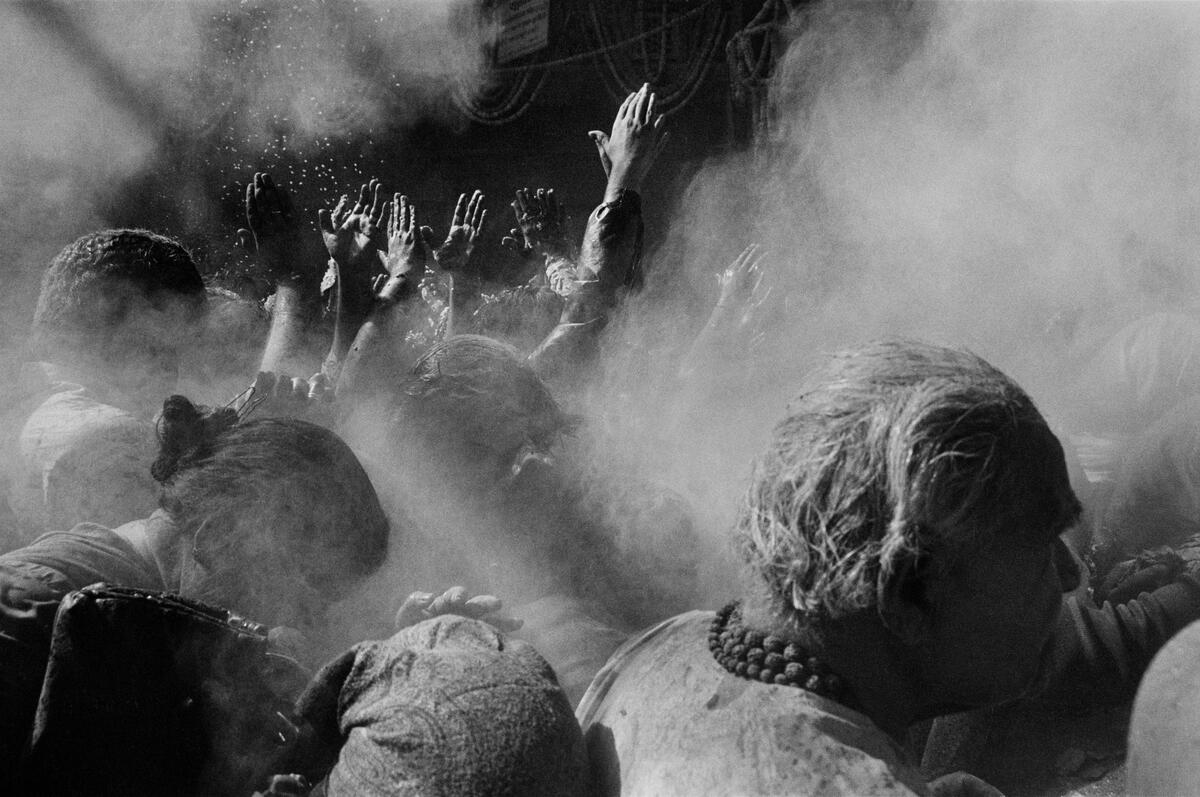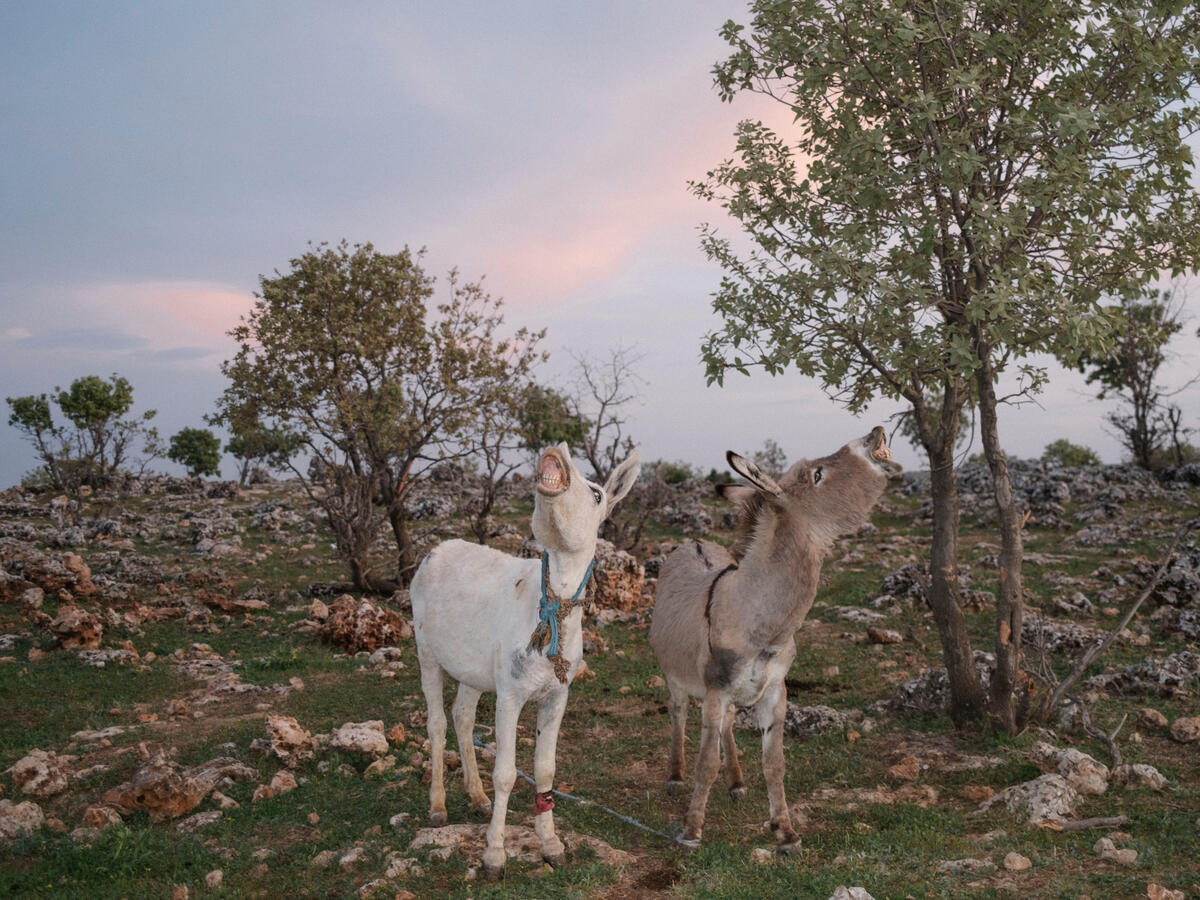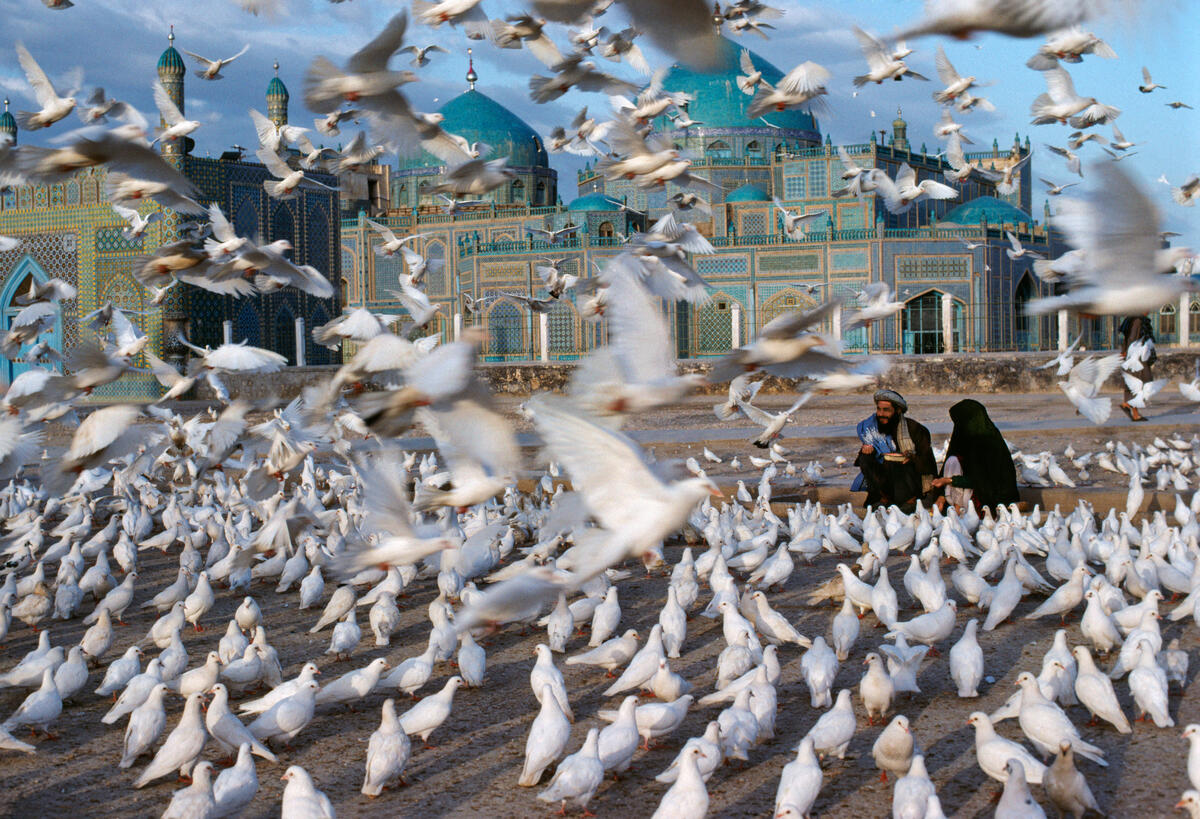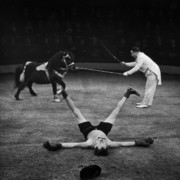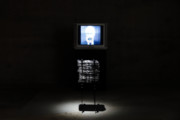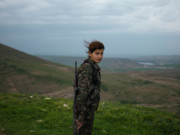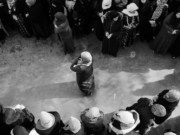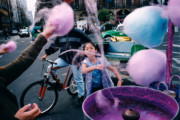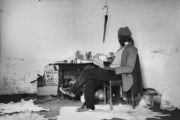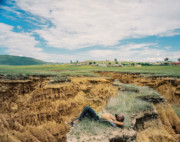Square Print Sale: Spectacle
Magnum photographers explore performance and theatre, curiosity and wonder in Spectacle, the 25th Square Print Sale, which runs from April 21–27. Here, find a sneak preview of only a handful of the 83 images available to buy as limited-edition, signed or estate-stamped 6x6" prints
The 83 images selected for Spectacle, the 25th Magnum Square Print Sale, explore the diverse ways that we create, witness, and respond to the unusual and the unbelievable. A show, a performance, a public display, or an act of theatre, the word “spectacle” suggests something that we willingly observe, with curiosity, wonder, or even contempt. These images have the appeal of something “to look at,” exploring the seductiveness and magnetism of the visual image.
The Square Print Sale runs from Monday, April 21 to Sunday, April 27.
Click here to see more.
The full curation unveils the vast spectrum of spectacle in our world — from the breathtaking to the bizarre, the public to the personal. Spectacle illuminates the complex relationships between photographer, subject, and viewer. Spanning nearly 90 years of photography and predating even Magnum’s founding in 1947, the selection features early images from Magnum founders David Seymour and Robert Capa in the 1930s, as seen above.
While Ernst Haas’ image from 1960 catches a lively and colorful dance scene from the set of West Side Story, with Rita Moreno and George Chakiris among the swirling couples, Magnum Nominee Salih Basheer captures a visually softer moment during celebrations for Sayyida Zainab’s birth in Cairo in 2019. Written on the wall behind the violinist are the words “climate change,” a scene that has now come to represent a “somber, final song” for our planet, as Basheer muses in his accompanying text.
Other images from the selection explore the theme of performance via portraits of the performers themselves. The selected image from W. Eugene Smith captures Charlie Chaplin while filming one of the last films of his career, Limelight, the story of a once-famous music hall artist struggling with the decline of his popularity. In contrast is Rafał Milach’s portrait of retired circus performer Zdzislaw Niemeczek in Poland, from his 2007 series Disappearing Circus. In post-war Poland, under the patronage of the communist State, the circus, or “Cyrk Polski,” became a cultural phenomenon, entertaining crowds for decades.
The glitz of show business seeps through in several of the images selected for this sale, with Guy le Querrec contributing an image from the glamorous Casino de Paris in 1979. Another, from the Waldorf Astoria Ballroom in New York City, shows Marilyn Monroe illuminated in a throng of dark suits at a press conference for the film The Prince and the Showgirl in 1959.
“Halfway through the press conference, one of the very thin straps on Monroe’s dress broke and there was pandemonium as everyone clamored to find a safety pin to fix the dress,” writes Michael Arnold of the image. “Afterward, Monroe winked at Eve. She had planned the mishap to create a scene. The otherwise formal press conference had been transformed into a media frenzy.”
In other images, quieter moments of contemplation feature. In one image, from Zied Ben Romhane’s The Escape, we see two figures staring into the distance — the object of their speculation left only to our imagination. In another, two cats, tails high, great each other in Leonard Freed’s capture from the street of Naples in 1958, drawn from his book The Italians, an ode to the country that he fell in love with in the 50s.
Again from 1950s Italy is Thomas Hoepker’s shot of a cinema entrance in Battipaglia, 70 kilometers outside of Naples. Here, we pay tribute to the playgrounds of spectacle, places of entertainment, spaces that allow us a temporary refuge from reality. Myriam Boulos’ selected image shows the words “I love you,” written on the plush red seats of an abandoned Versailles theater in Beirut.
Both Alec Soth’s and Sohrab Hura’s contributions to the sale plunge us directly into the excitement of the moment, showing spectacles not only to be observed, but to be experienced. Soth’s foamy image of the Crazy Legs Saloon in Watertown, New York from 2002 contrasts with Hura’s depiction of Holi festivities in India in 2007, a rare depiction of the colorful celebrations seen here in black-and-white.
And other photographers have chosen to represent the spectacle through stunning scenes of the natural world. Emin Özmen photographs two donkeys at sundown in the Turkish countryside, while Steve McCurry contributes a flurry of pigeons in Afghanistan from 1991.


